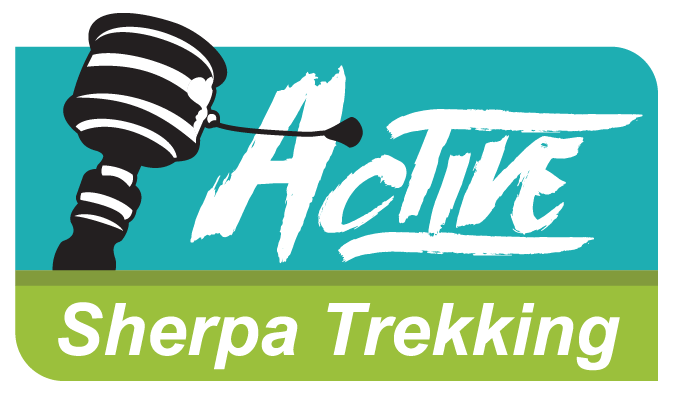Due to the reduction of air pressure and lower of oxygen levels at high altitudes affected Acute Mountain Sickness known as high altitude sickness, usually above 3000m.+ Must of Trekkers feel & affected normal types of symptoms of AMS like light-headedness and shortness of breath which is common even you’re walking slowly in Mountain. Our professional trekking guides will always attention and advice you about the AMS on Treks, so you should not worry about it. For your kind information and minimize AMS affects we give you an idea about AMS.
Symptoms of AMS
- Difficulty sleeping
- Dizziness or light-headedness
- Fatigue
- Headache
- Loss of appetite
- Nausea or vomiting
- Rapid pulse (heart rate)
- Shortness of breath with exertion
The main treatment of mountain sickness is descending to a lower altitude as rapidly and safely as possible. You should not continue climbing if you develop symptoms. Acetazolamide (Diamox) may be given to help you breathe better. This medicine can make you urinate more often. Make sure you drink plenty of fluids and avoid alcohol when taking this drug.
Keys to preventing acute mountain sickness (AMS)
- Climb the mountain gradually
- Stop for acclimatization (After 2500m+)
- Sleep at a Lower altitude when possible
- Learn how to recognize early symptoms of AMS
- Drink plenty of fluids (3-4 litres a day water)
- Avoid alcohol
- Follow the advice from your guide, Local people or guidebook
- You should avoid high altitudes if you have heart or lung disease.
